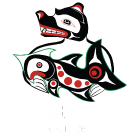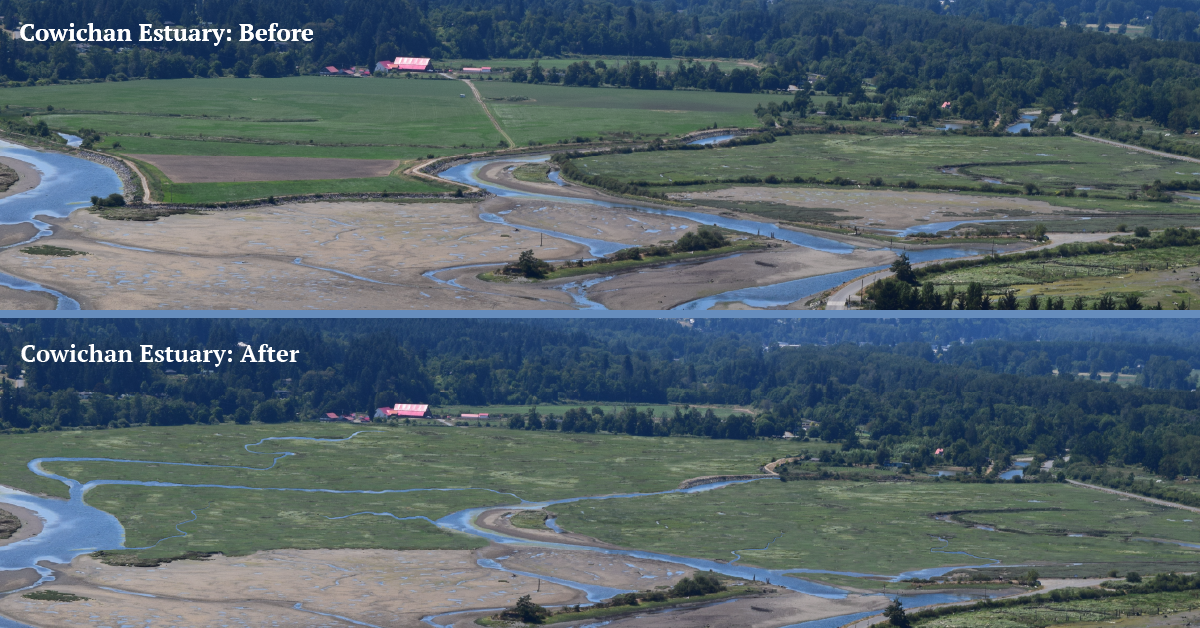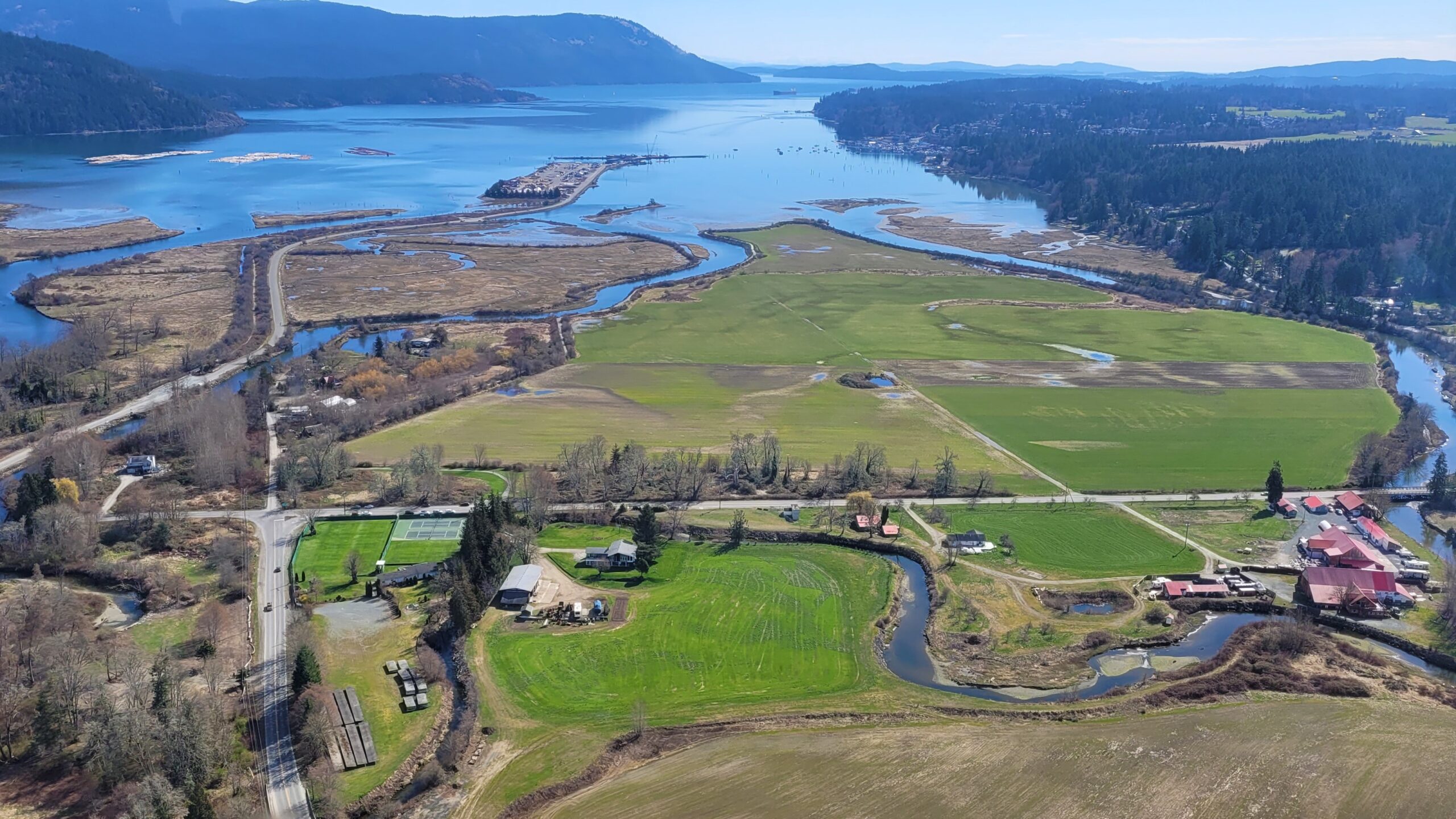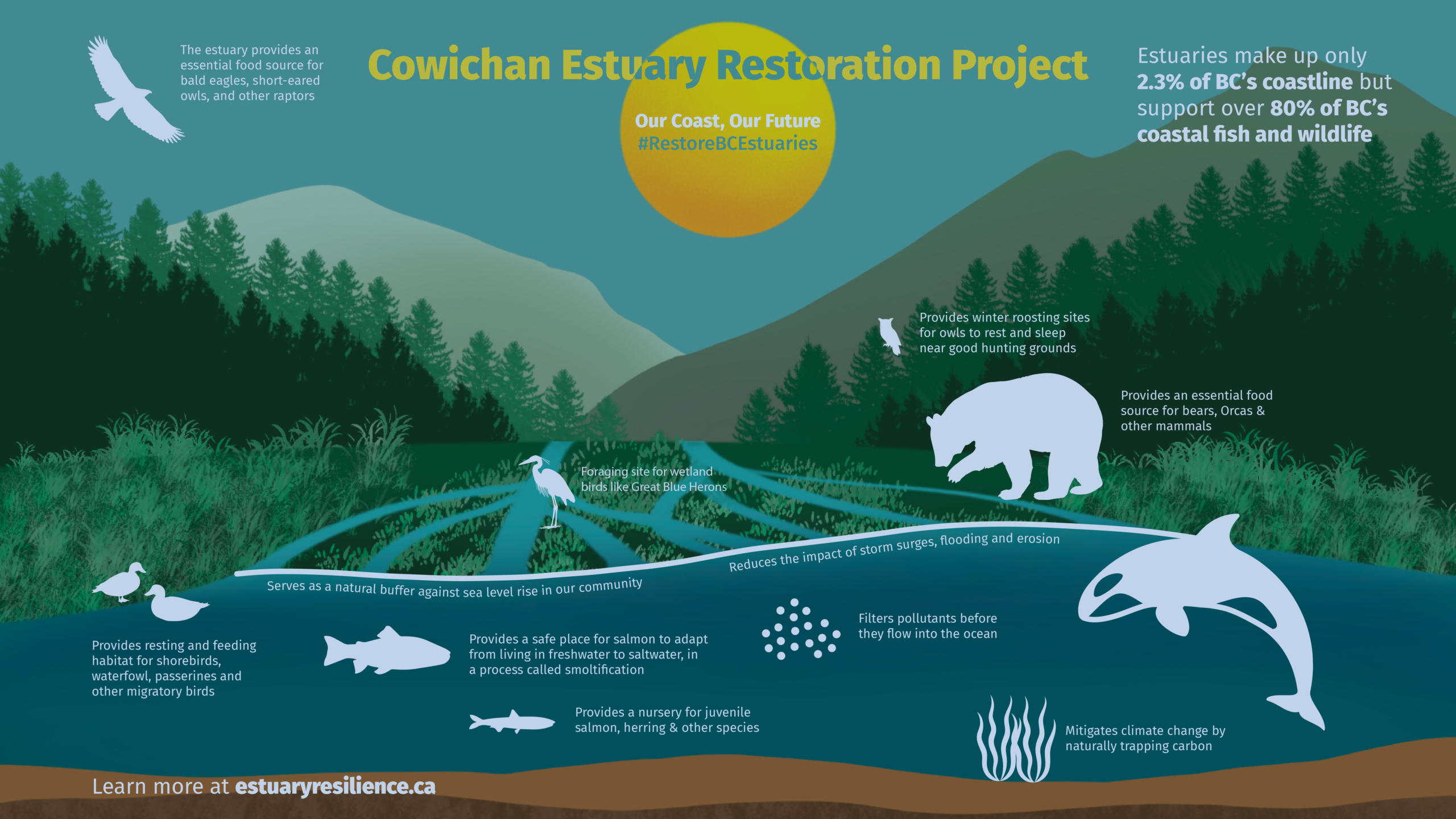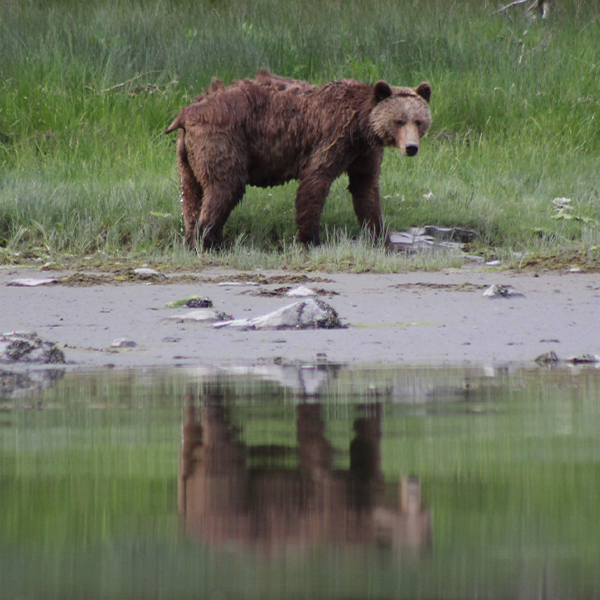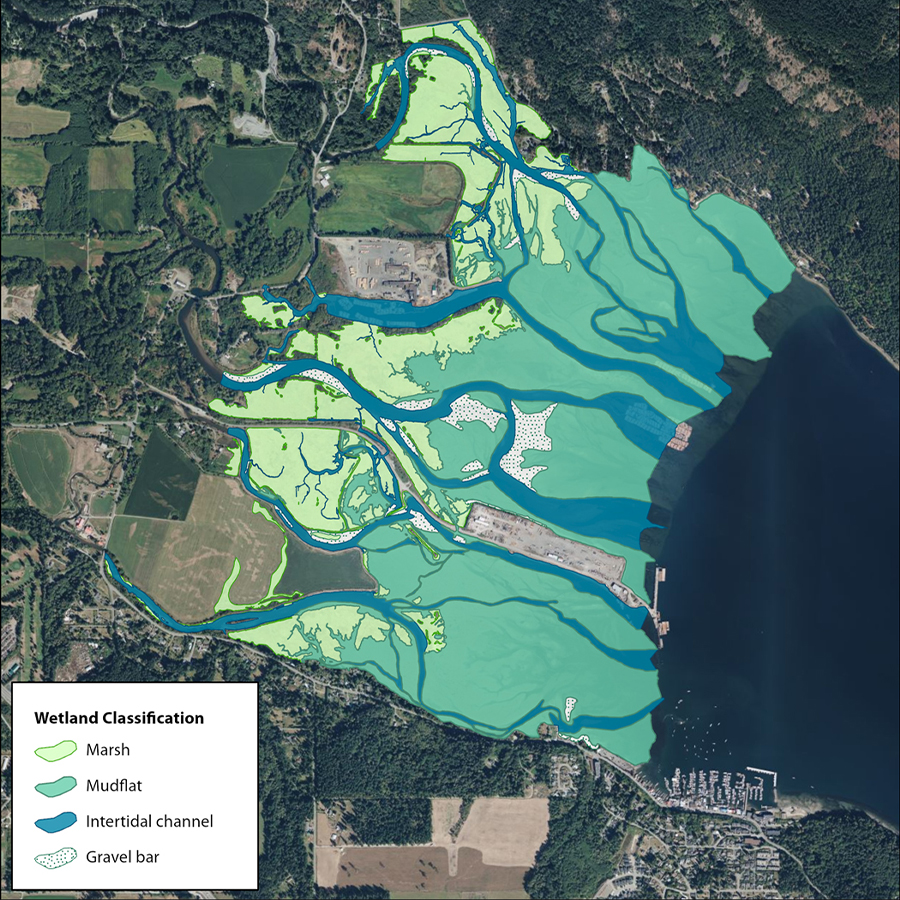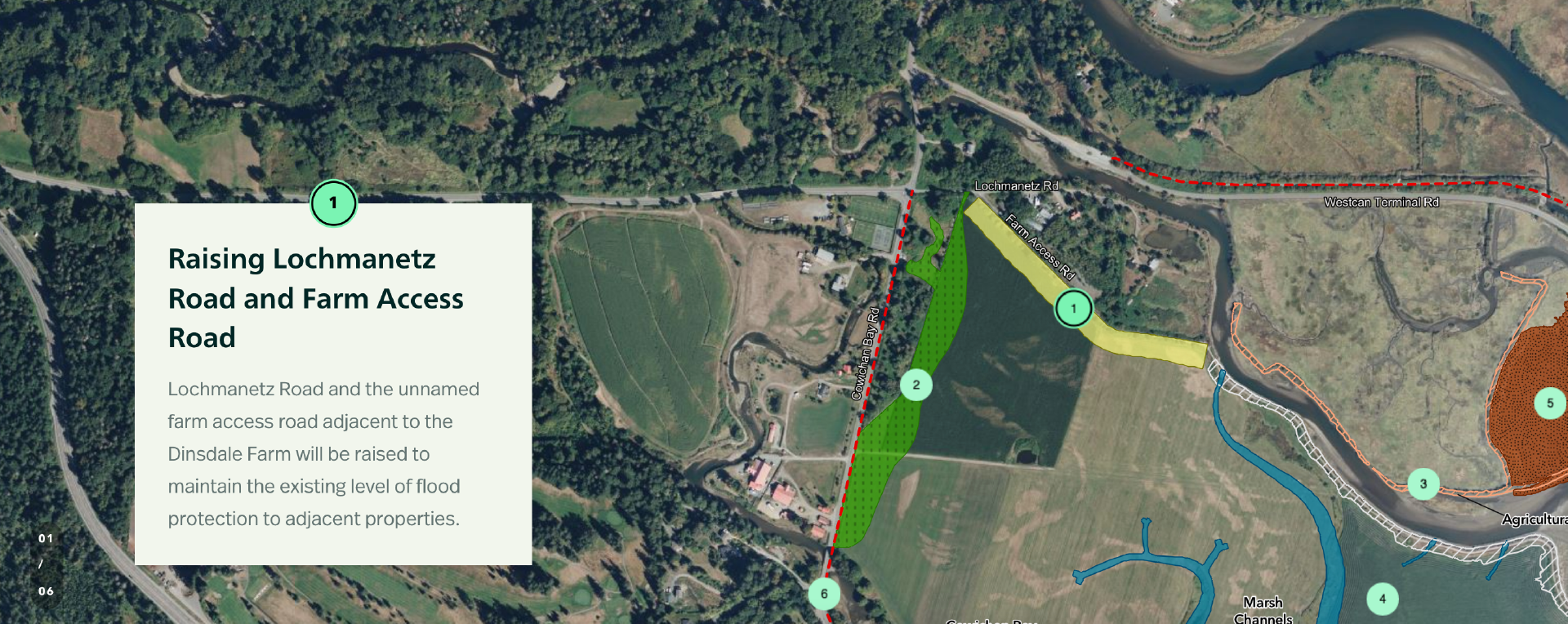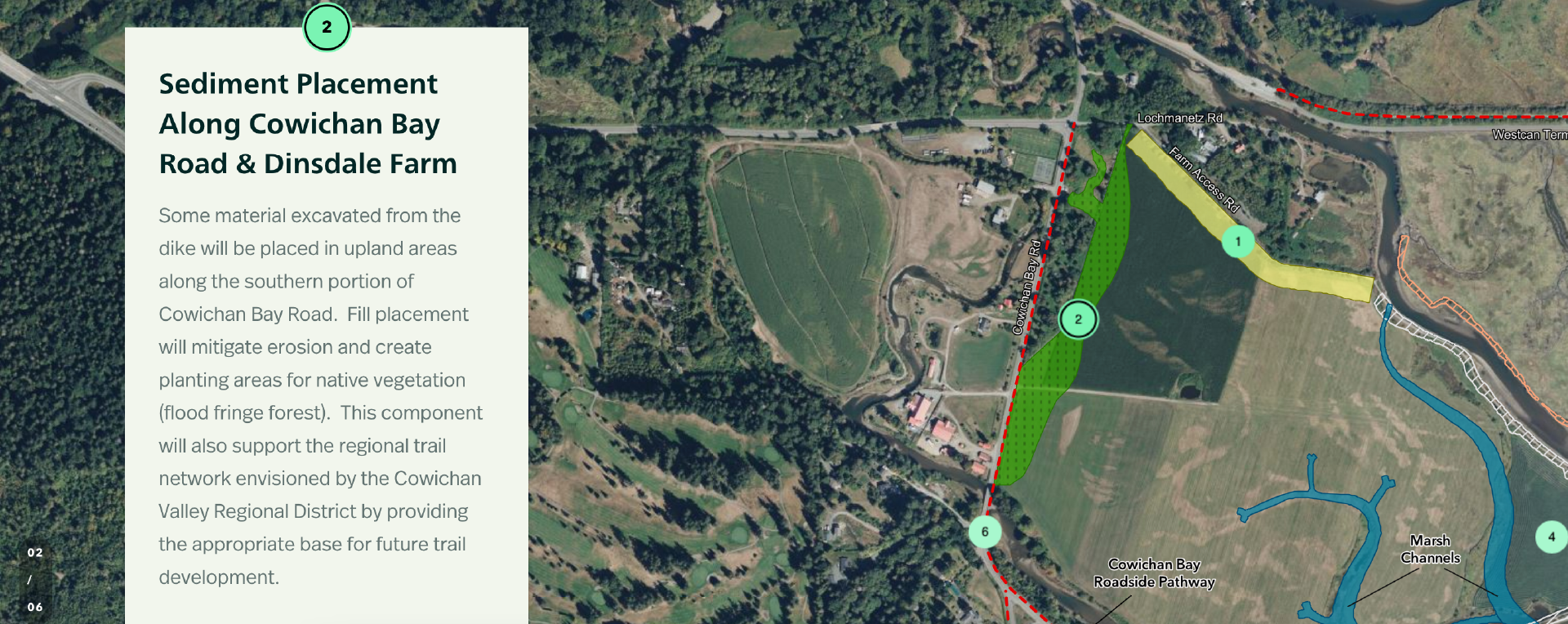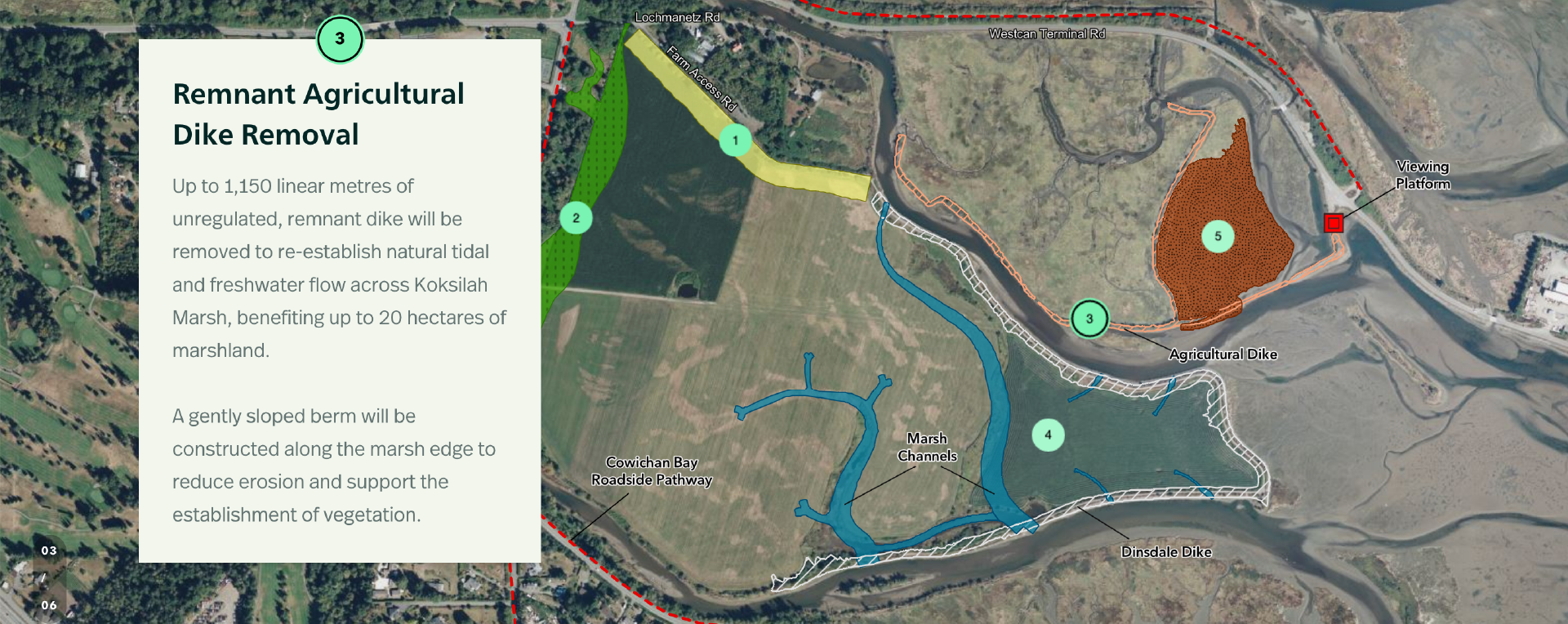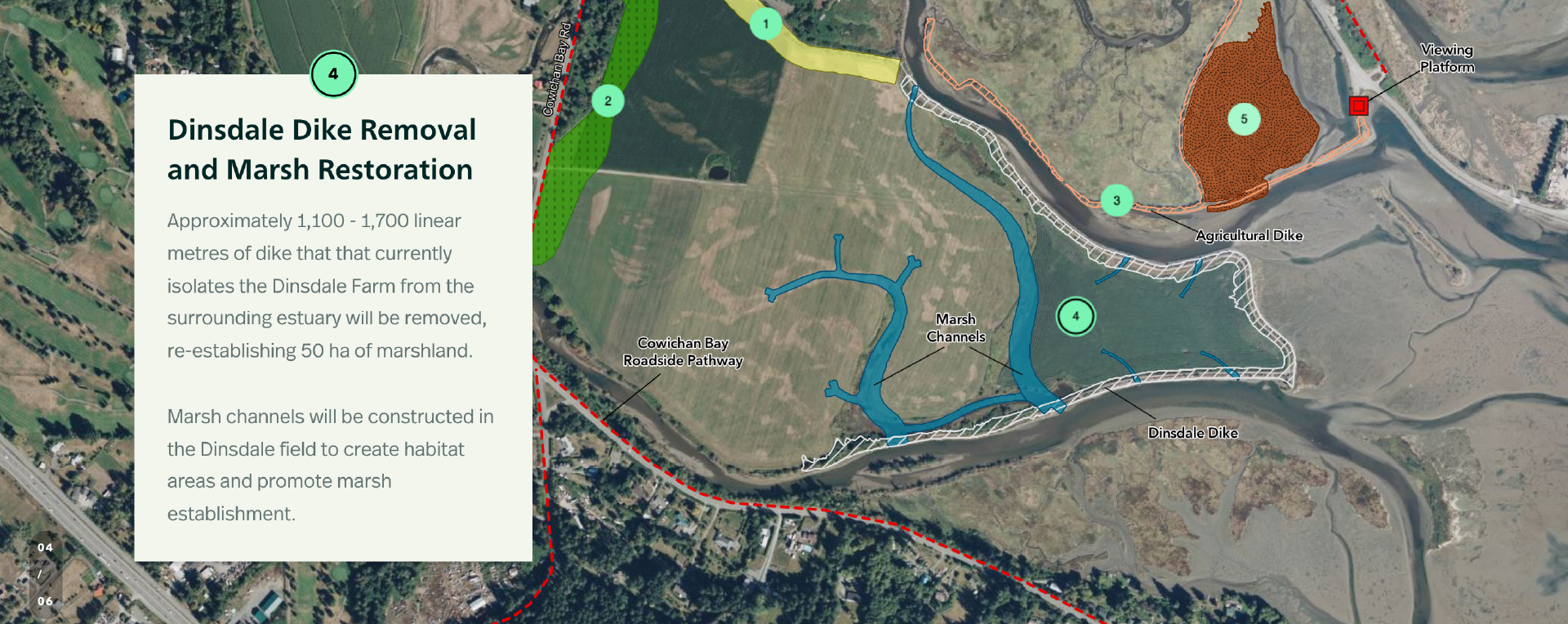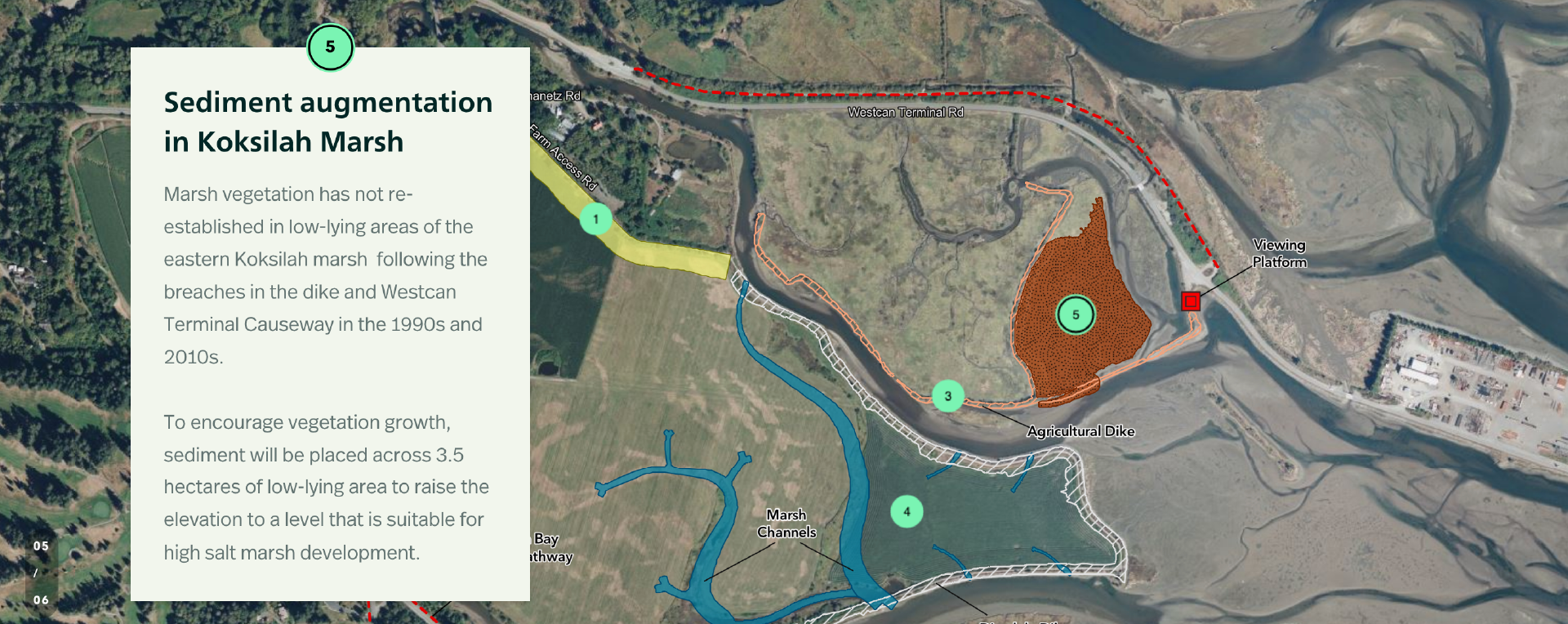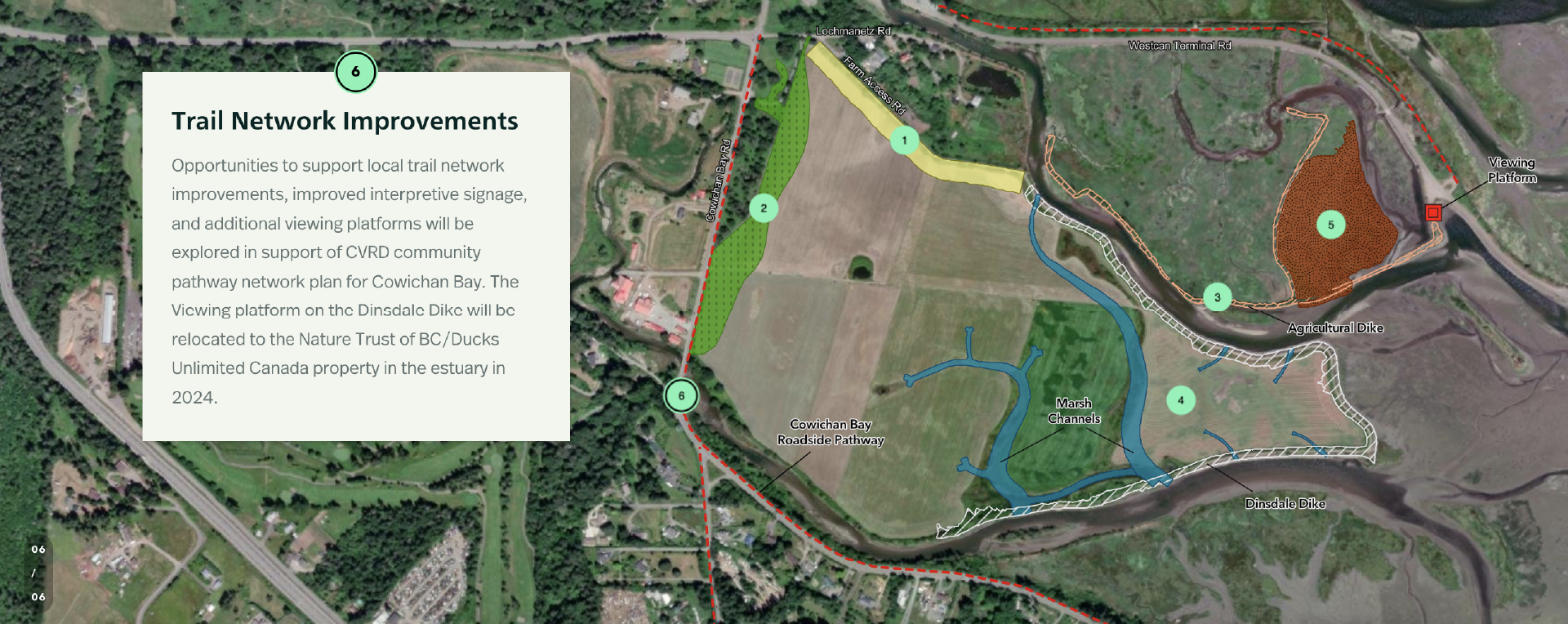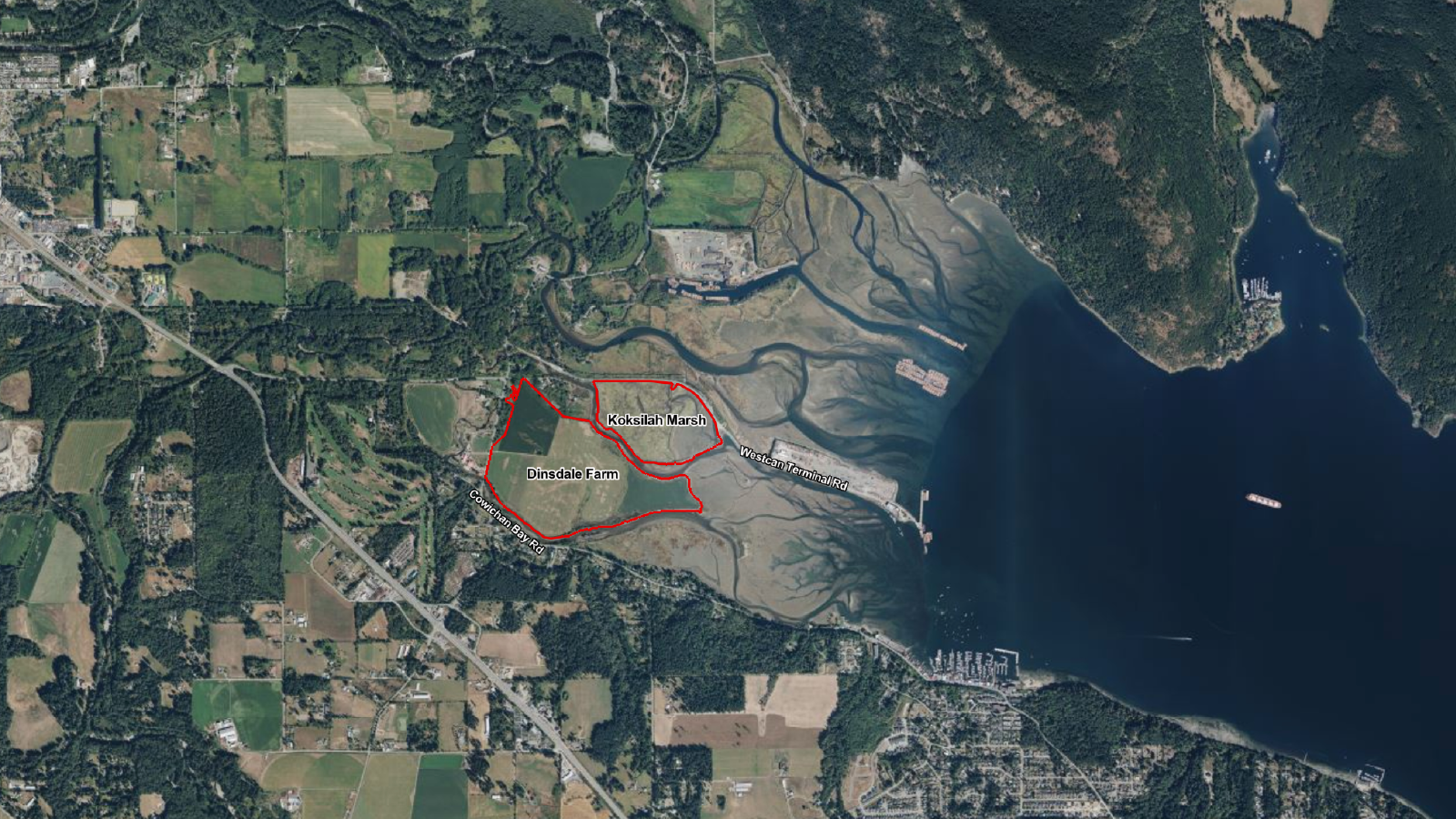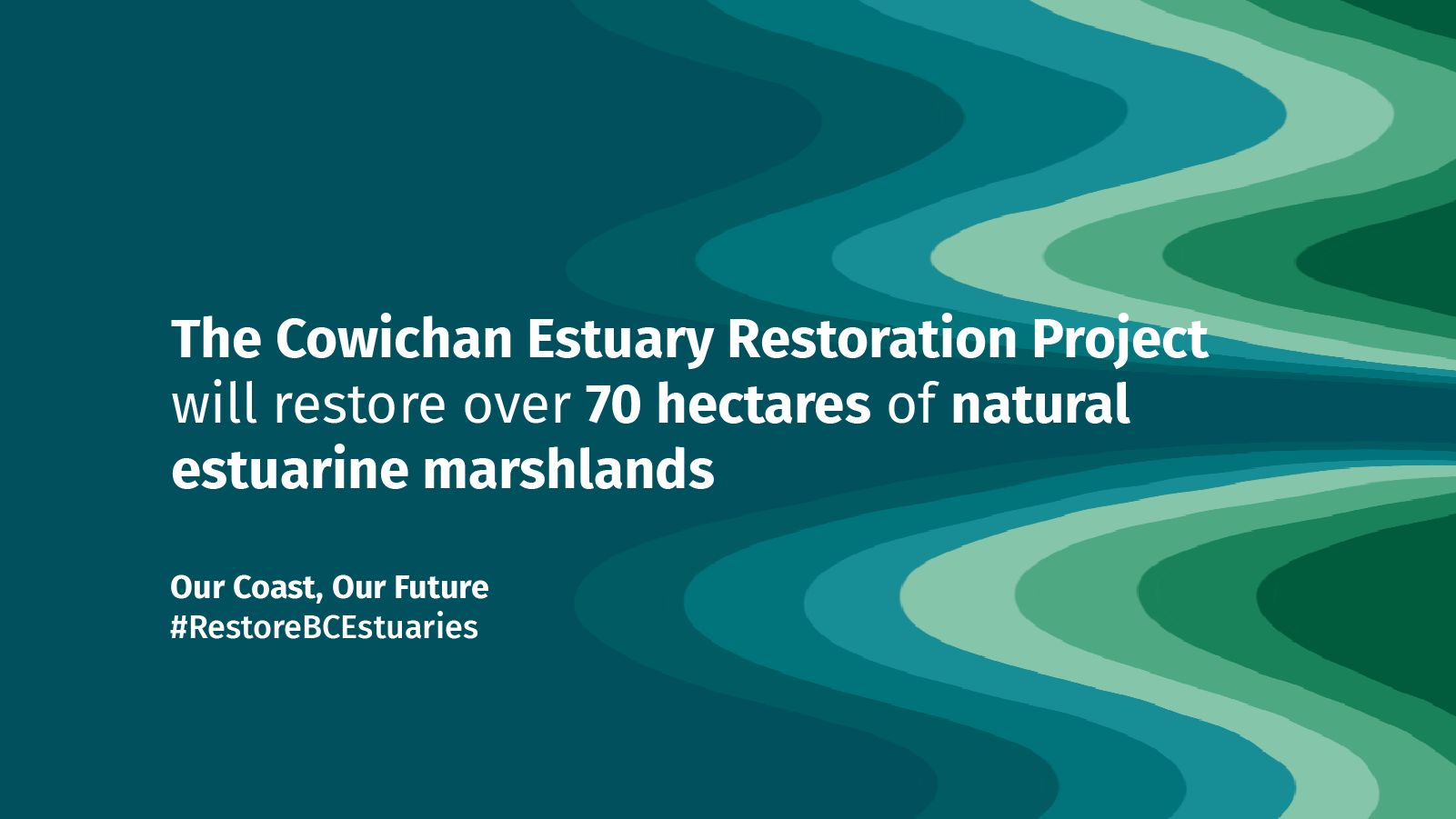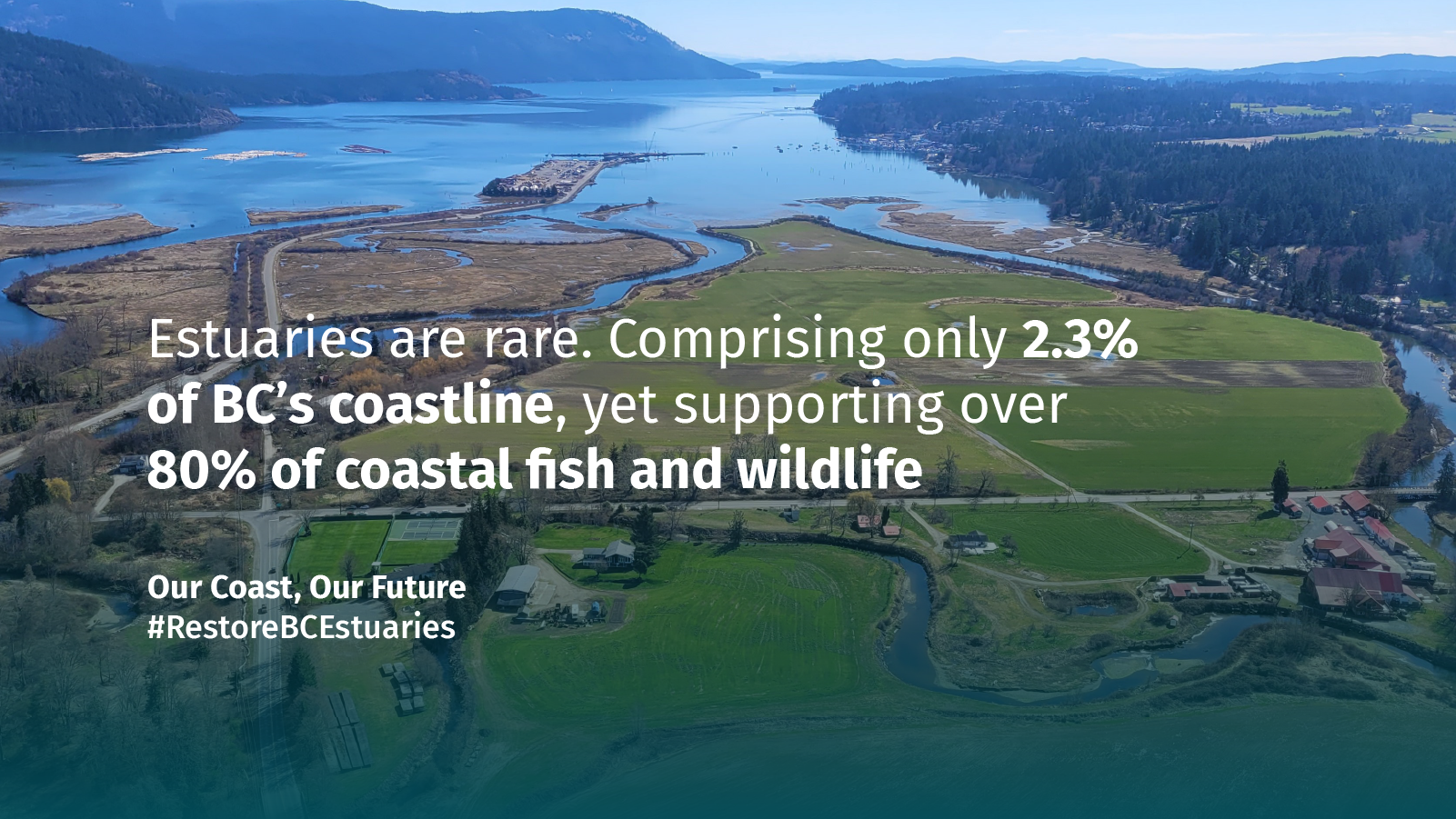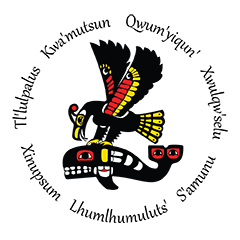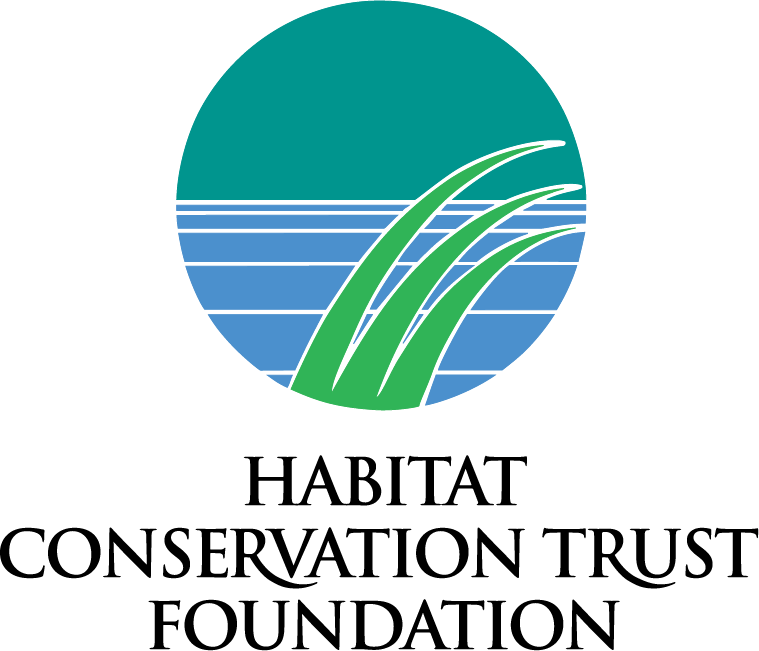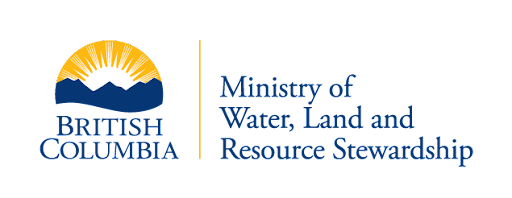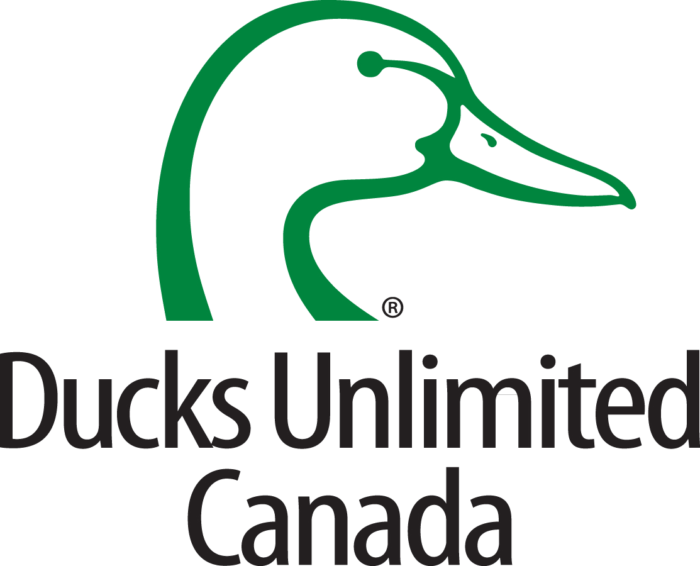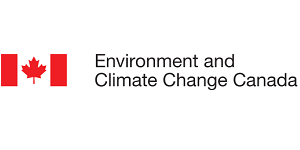About the Project
The Cowichan Estuary Restoration Project will revitalize the health of the Cowichan Estuary to conserve biodiversity and protect local communities, now and in the future. Positioned on the traditional territory of the Quw’utsun people (Cowichan Tribes), the Cowichan Estuary Project is the largest estuary restoration project to ever occur on Vancouver Island. The project will restore 70 hectares of marsh habitat and re-establish natural estuarine processes by removing human-made barriers to marsh development and reconnecting freshwater channels to tidally influenced areas.
The Cowichan Estuary contains habitats that are critically important for wild Pacific salmon, migratory and breeding birds as well as species at risk. The estuary provides important habitat for up to 230 bird species and thousands of waterfowl can be found in the estuary each winter. This project also places significant emphasis on incorporating Indigenous food systems so that these lands continue to be farmed, providing culturally significant foods and medicine plants to Cowichan Tribes while contributing to the overall food security of the region.
